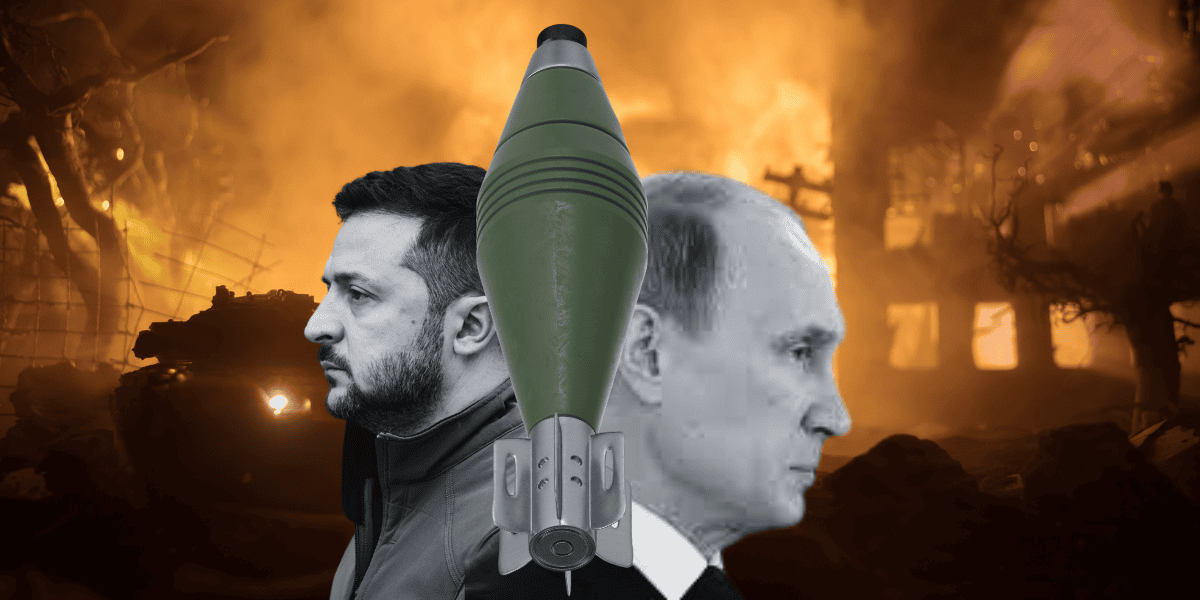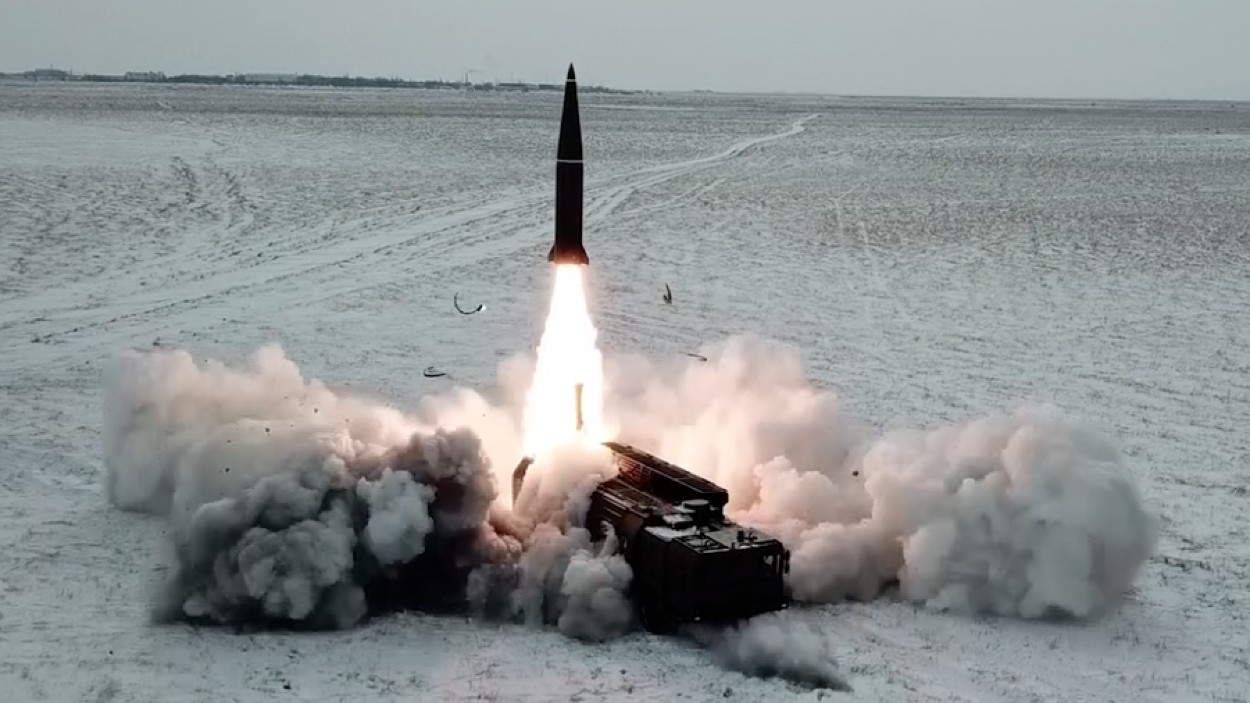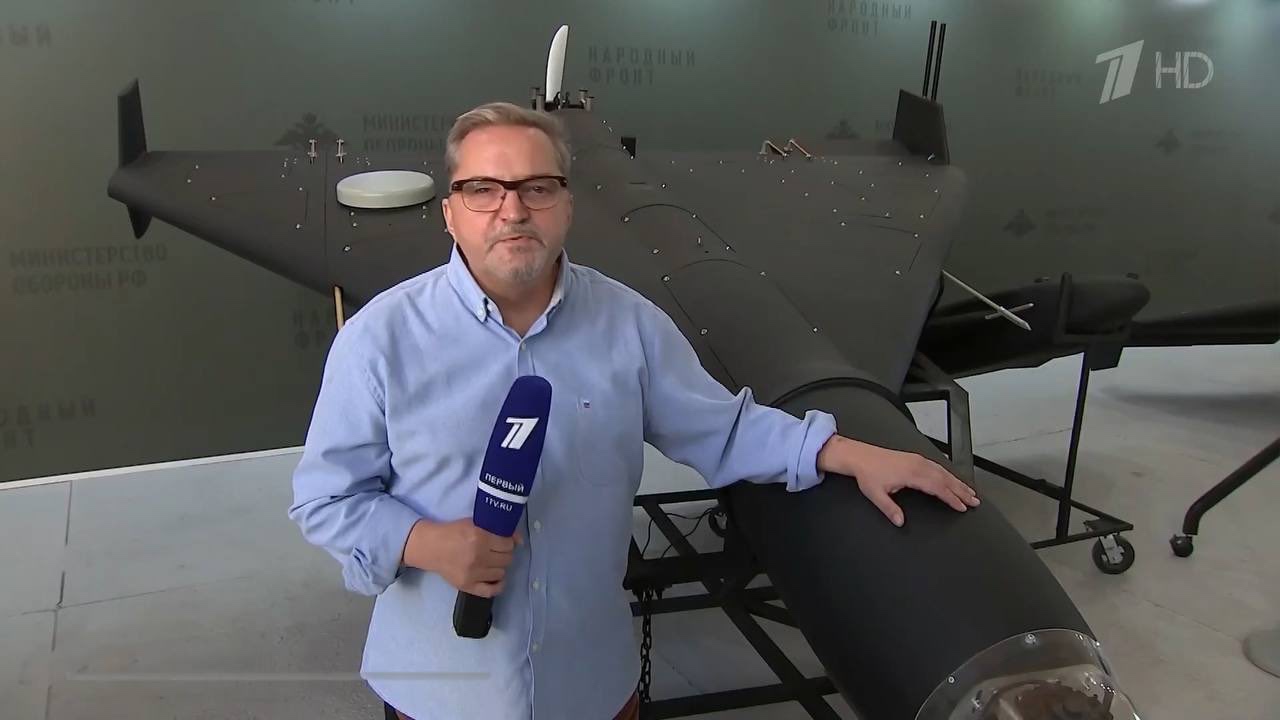While world attention is riveted on the escalation from deep strikes into Russia by NATO-backed forces stationed in Ukraine and the sobering Russian Oreshnik missile riposte, Russia is continuing to strike Ukraine in a manner that it has effectively used for over 2 years now – group strikes with slow-moving drones, cruise, and ballistic missiles.
However, of late, Russian group strikes have been more massive, better targeted, and more effective, putting Ukraine’s ability to hold out much longer in doubt.
On the night of November 28, Russia launched a comprehensive strike using 90 missiles and 100 UAVs, hitting 17 targets – military facilities and the defense industry of Ukraine.
Russian President Vladimir Putin mentioned the strike at a session of the Collective Security Council CSTO in Astana.
For the first time, Russian forces struck with cruise missiles featuring cluster ammunition warheads. Ukrainian President Ironically, Zelenskyy, whose forces routinely use cluster ammunition warheads on ATACMS missiles and HIMARS rockets targeting Russian forces, described the Russian use of cluster munitions as a “very vile escalation of Russian terrorist tactics.”
The Russian attack on November 28 was sharply focused on damaging Ukraine’s electrical power generation infrastructure.
The Donbas Partisan Telegram channel and other Russian social media outlets report:
-
In Trikhatki, Nikolaev region, a Kalibr missile hit the 330 kV substation, destroying a 250 MVA autotransformer.
-
In Shostakovka, Kirovohrad region, two Kalibr cruise missiles struck the PS Ukrainka 330 kV substation, causing a fire and destroying buses and oil switches.
-
In Lutsk, a Kalibr missile hit the PS Lutsk-Severnaya 330 kV substation, damaging the transformer and relay protection system.
-
In Rivne, two Kalibr missiles struck the PS Rivne 330 kV substation, causing the transformer to ignite.
-
In Shepetivka, Khmelnytskyi region, a Kalibr missile hit the PS Shepetivka 330 kV substation, destroying switchgear and igniting the autotransformer.
-
In Mykhailivka, Vinnytsia region, at least four Kh-101/Kh-BD cruise missiles hit the PS Vinnytskaya 750 kV substation, which is one of the key ones for the power supply of the central region.
-
A cruise missile struck the Yablunytsia small hydroelectric power plant (HPP), located on the White Cheremosh River in the Verkhovyna district of the Ivano-Frankivsk region. The 1 MW HPP served as a standby power supply for Kolomyia Air Base near Kolomyia. NATO weapons like ATACMS and HIMARS are airlifted to Kolomyia air base from Romania. The airbase is also used for training F-16 pilots.
Additionally, Russian missiles and drones struck an enterprise in Kharkiv specializing in missile control systems, damaging production facilities.

Surgical Precision Strikes
The surgical precision of Russian group strikes against Ukraine’s warfighting infrastructure should be evident from the above details.
Lately, Russian forces have been claiming more success in attacking ATACMS and HIMARS launchers
According to the Russian Ministry of Defence (RuMoD), on November 25, five MLRS launchers, which deploy ATACMS long-range missiles, including two MLRS launchers and one transport-loading vehicle were eliminated by Iskander ballistic missiles near Tokari (eight kilometres northwest of Sumy), three HIMARS MLRS near Maly Bobrik (20 kilometres southeast of Sumy), as well as up to 30 specialists comprising crews of these launchers.
On November 25 and 26, as a result of Iskander ballistic missile strikes at a starting position near Novomikhailovka (Odessa region), two launchers with Grom-2 experimental ballistic missiles as well as a Ukrainian-made Nepture anti-ship missile launcher and a transport-loading vehicle were neutralized.
Strikes were delivered at deployment areas of specialists, including foreign ones, that ensured combat employment and maintenance of Western-made long-range weaponry.
Also on November 25, an Iskander missile struck a temporary deployment area of the detachment of the AFU Special Operations Forces and neutralized 72 personnel of uncrewed surface vehicle crews, including nine French instructors and technical specialists.

Improved Intelligence & Tracking
The increased frequency and precision of Russian strikes on high-value Ukrainian targets points to improved intelligence and tactics.
In a recent press release, the RuMoD stated, “The Armed Forces of the Russian Federation will continue to constantly monitor airfields and deployment areas, routes for the movement of means of use of long-range Western weapons, and inflict fire damage on them.”
Clearly, the statement suggests that Russia is now continuously tracking supplies of major US and NATO equipment coming into Ukraine.
If the RuMoD claim is true, Russia is not only winning battles along the front line but is also starting to win the war through effective supply interdiction.
Simple Tactics & Tech Behind Russian Military Gains
Russia’s improved ability to monitor, track, and interdict Ukrainian supply lines is likely attributed to better utilization of radar and optical imaging satellites, better human intelligence, and increased use of stealthy reconnaissance drones.
Changes in tactics and tech advances have also made Russian strikes more effective.

Kinzhal Attacks Reduce
The use of Kinzhal missiles by Russian forces appears to have reduced.
One possible reason is the complete lack of the element of surprise with the Kinzhal strikes. Western airborne assets and Ukrainian humanists in Russia can track MiG-31Ks as soon as they get airborne.
Another reason could be the limited number of targets suited to Kinzhal attacks. The Kinzhal is best suited for large static structures with underground facilities.
Russia appears to be increasingly relying on Iskander-M missiles. The warning time associated with ground-launched quasi-ballistic trajectory missiles is considerably lower than the warning time associated with an air-launched missile.
Increased Use of Geran-2 Drone Variants
Russian use of Geran-2 kamikaze drones has increased. Also, Ukrainian forces are not able to shoot down as many Geran-2 drones as they could earlier.
According to Ukrainian sources, on the night of November 10, Russian forces launched 145 Geran-2 drones at military facilities in Ukraine, a record for the number of drones launched in a day.
The Ukrainian air defense system managed to shoot down only 62 of the drones.
Changes in tactics and technology improvements are likely responsible for the increased survivability of drones.
Geran-2 drones are now equipped with Kometa-M EW-resistant GLONASS antennas, which ensure navigational accuracy.
Many of the Geran-2 drones launched as part of a group attack gather electronic intelligence and simply fly back into Russian or Belorussian territory.
The Guardian reported recently, citing military sources in Ukraine, that Russia is planning to introduce artificial intelligence into its Geran drones to bypass Ukraine’s air defense system.
The article highlights that work is currently underway to create a “swarm of drones” that can coordinate their actions and interact with each other. This will allow them to strike and overcome enemy defenses more effectively.
Russia has customized some Geran-2 variants for short-range attacks.
There is a Geran-2 variant equipped with an Optical / Thermal Imaging seeker. The variant reportedly has a range of 220 km and can hit a target with an accuracy of 3m.
Referred to as MS236, the Geran 2 variant likely features a 4G modem with a Ukrainian SIM card, which allows it to stream video whenever there is connectivity. It also likely facilitates operator control over the drone, as the operator chooses the drone’s target.
The MS236 can alternatively work with a repeater M236 drone that can relay operator signals. Leading a swarm, the MS236 could ensure multiple accurate hits on a target.
- Vijainder K Thakur is a retired IAF Jaguar pilot, author, software architect, entrepreneur, and military analyst.
- VIEWS PERSONAL OF THE AUTHOR
- Follow the author @vkthakur




